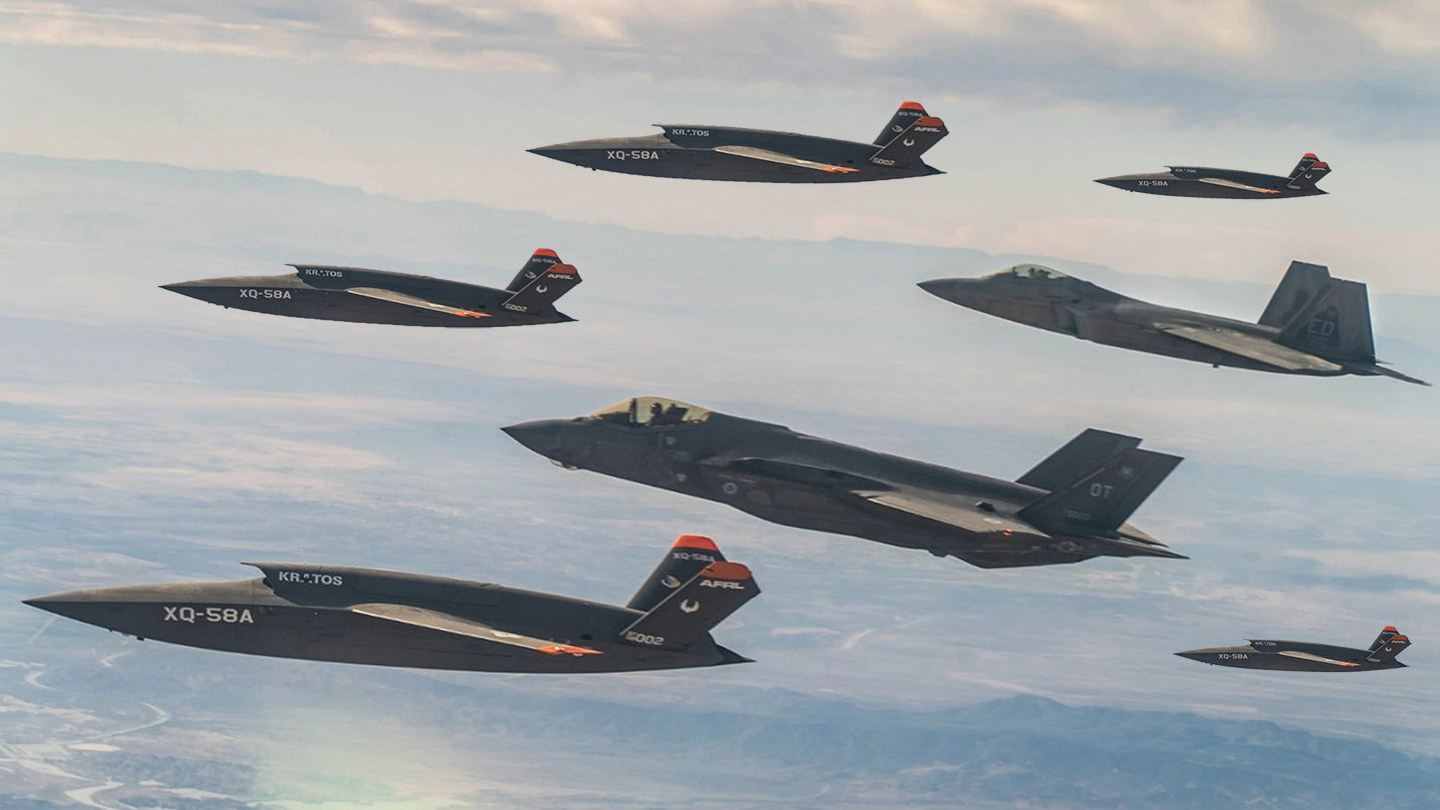The Pentagon has unveiled its latest strategy to counter China’s rapid military progress, with a program named Replicator that intends to focus on fielding “thousands” of attritable autonomous platforms that will be characterized by being “small, smart, cheap, and many.” The initiative seeks to harness U.S. innovation as a way to counter the mass of China’s armed forces, while also, once again, putting the onus on uncrewed systems that will benefit from AI algorithms.
The Replicator program was announced today by U.S. Deputy Defense Secretary Kathleen Hicks, speaking at the National Defense Industrial Association’s Emerging Technologies conference in Washington.

As to the threat that Replicator is meant to overcome, Hicks was explicit about what she described as “the PRC’s biggest advantage, which is mass: more ships, more missiles, more people.” Hicks also identified the particular challenge posed by China’s rapidly diversifying anti-access/area-denial capabilities.
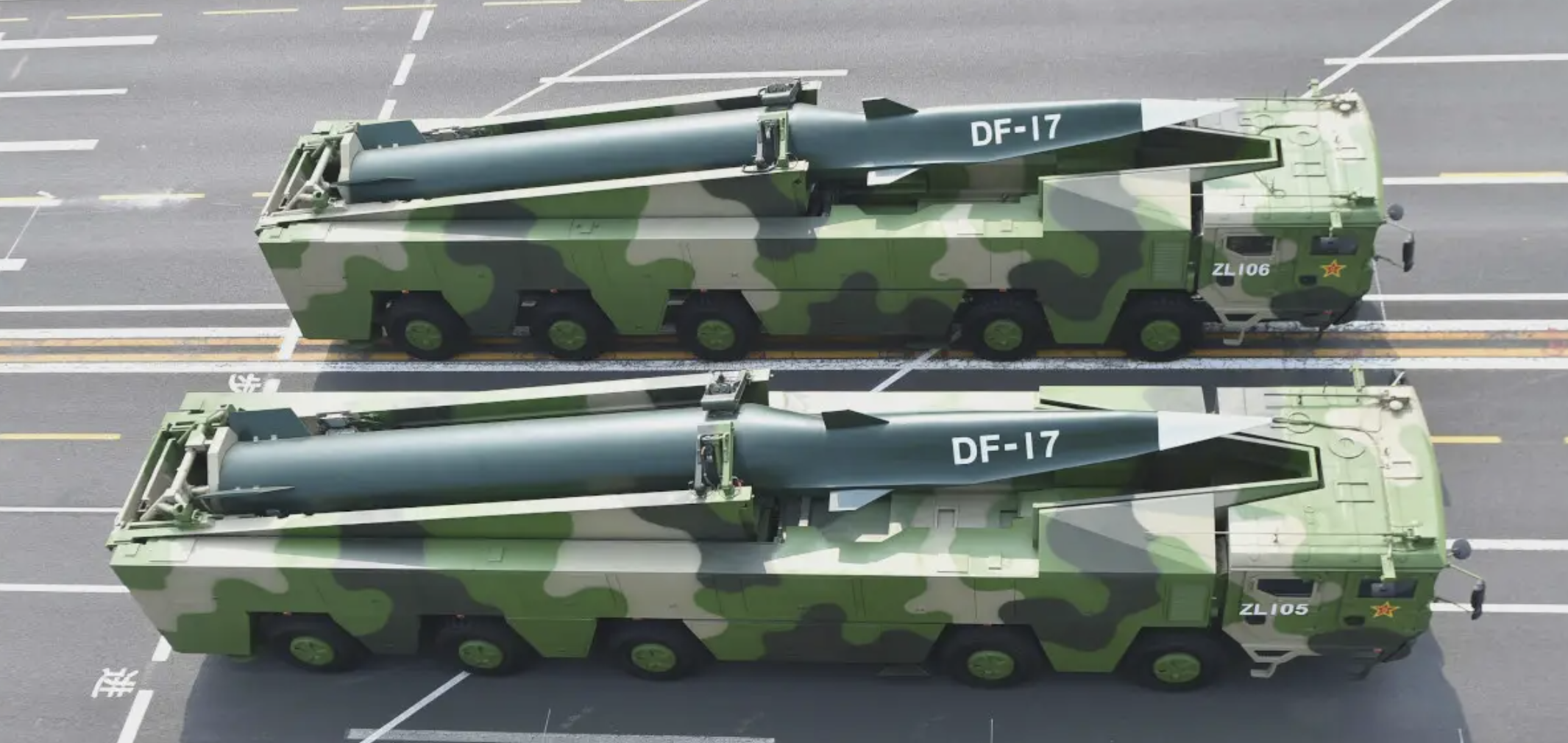
She added that there is a historical precedent for the kind of approach that Replicator espouses: “Even when we mobilize our economy and manufacturing base, rarely have America’s war-winning strategies relied solely on matching an adversary, ship for ship or shot for shot,” she said, before adding a barbed comment that seemed to refer to Russia’s all-out invasion of Ukraine: “After all, we don’t use our people as cannon fodder like some competitors do.”
In contrast, Replicator is intended to continue and build upon the U.S. ability to “outmatch adversaries by out-thinking, out-strategizing, and outmaneuvering them; we augment manufacturing and mobilization with our real comparative advantage, which is the innovation and spirit of our people.”
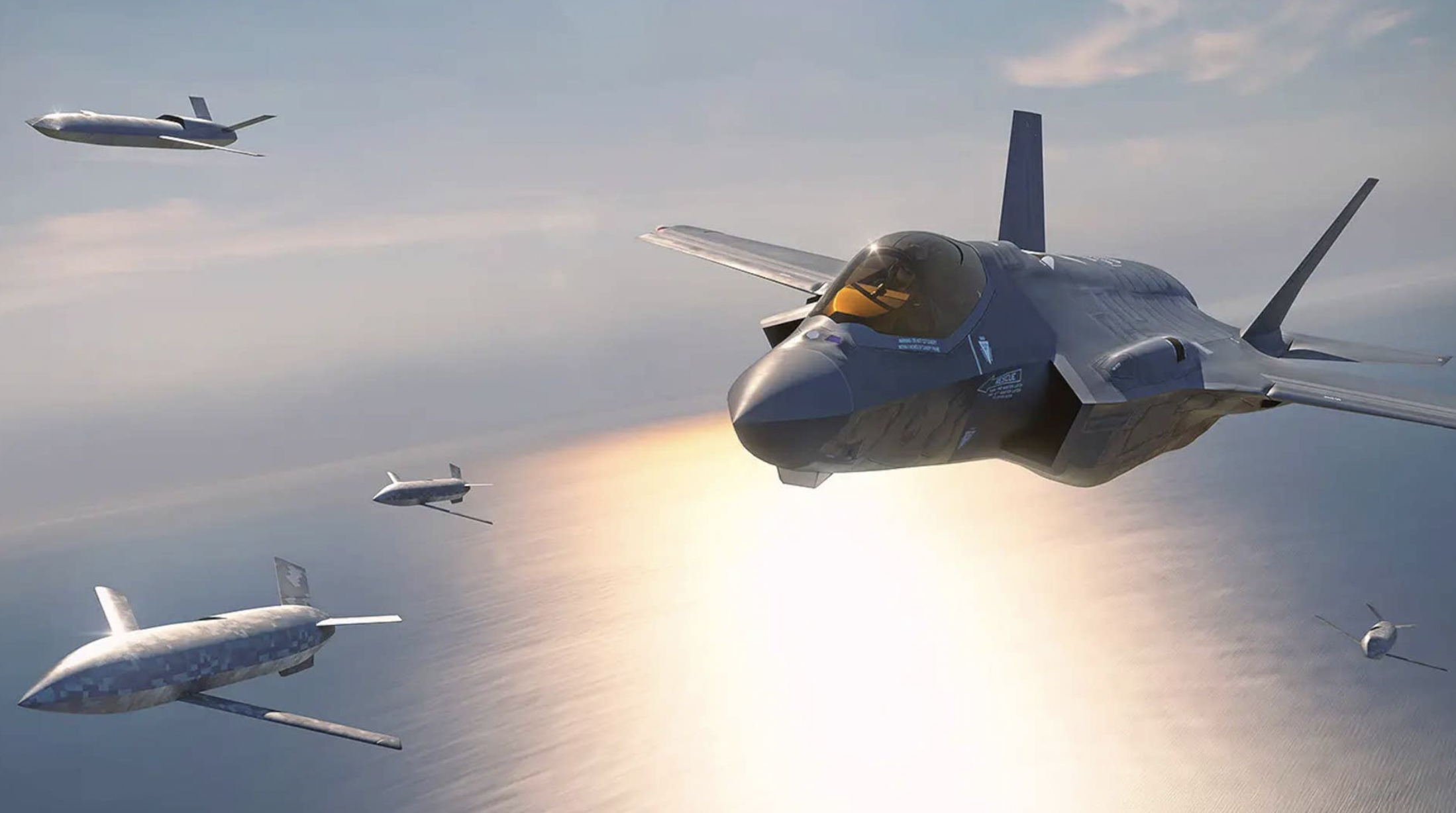
So, what will Replicator consist of once it becomes a reality?
Here, Hicks provided few details, other than to explain that the program seeks to “master the technology of tomorrow,” namely, “attritable autonomous systems in all domains.” The advantages of these kinds of platforms include that they are “less expensive, put fewer people in the line of fire, and [they] can be changed, updated, or improved with substantially shorter lead times. We’ll counter the PLA’s mass with mass of our own, but ours will be harder to plan for, harder to hit, harder to beat.”
Attritable, in this context, is normally taken to refer to a platform that’s inexpensive enough to be willing to lose on high-risk missions, while being capable enough to be relevant for those missions. More recently, however, the Air Force began to use the term “affordable mass,” on the basis that attritable suggests a greater willingness to actually lose these systems, which might not necessarily be the case in an operational scenario. There are other definitions of attritable, too, which you can read more about here. In the case of Replicator, it’s really not yet possible to get an ideas of what these platforms might cost, but, clearly, affordability, rapid iterative development cycles, and the possibility of mass production are all considerations at this stage.
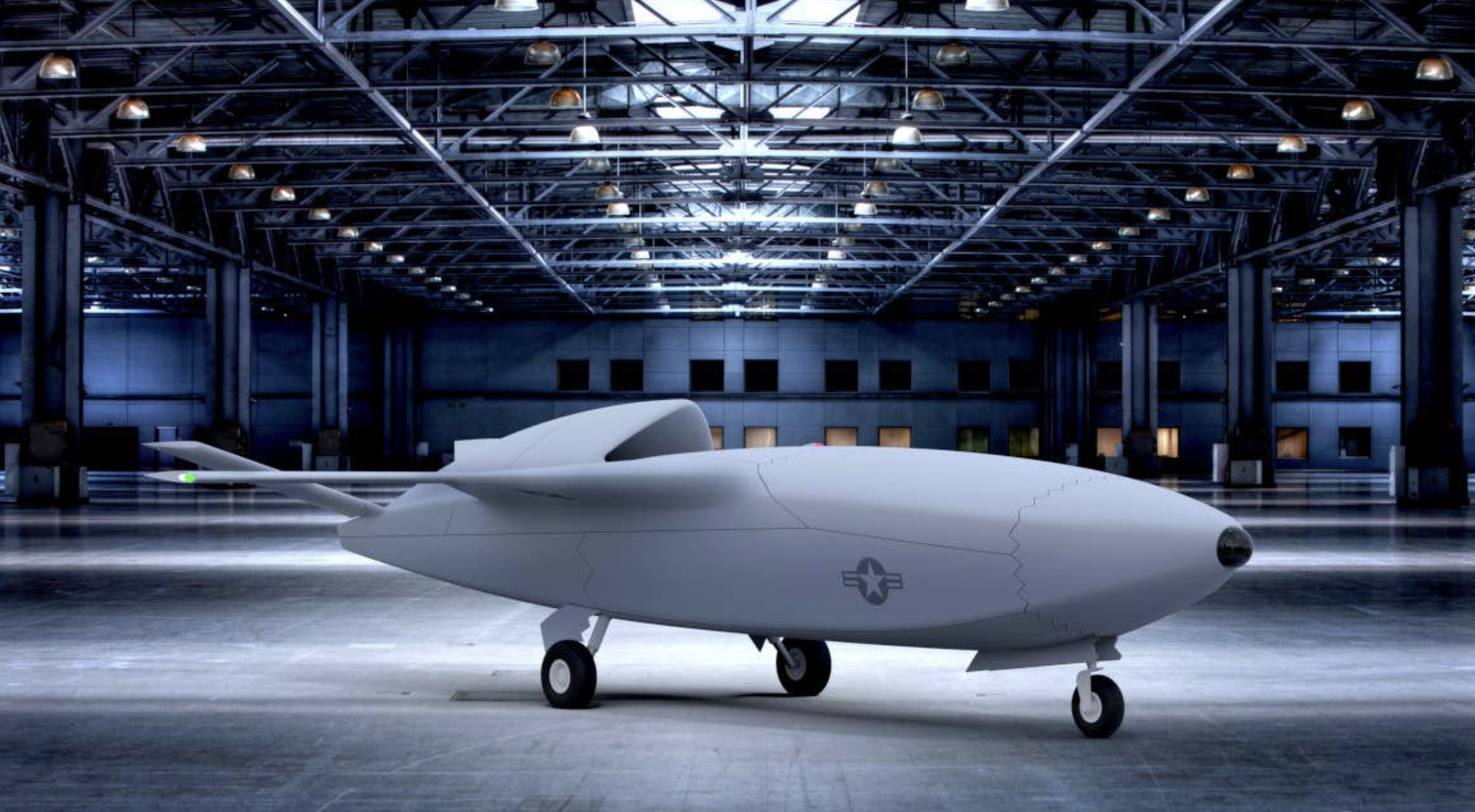
In terms of autonomous systems, Hicks said that Replicator will be “developed and fielded in line with our responsible and ethical approach to AI and autonomous systems, where the DoD has been a world leader for over a decade.”
As we have explored in the past, the U.S. military has been working on developing autonomous capabilities for decades now publicly, and there has certainly been significant work done in the classified realm, too.
Hicks’ reference to a “responsible and ethical approach to AI” suggests that Replicator may still include humans ‘in the loop,’ especially when it comes to certain sensitive tasks, above all, decisions about whether or not to employ lethal force. In this respect, it’s widely assumed that China, in particular, takes a somewhat different approach, something that Hicks apparently referred to, when she described “another comparative advantage we have over the PRC,” namely, that “these systems will empower our warfighters — not overpower or undercut their abilities.”

Hicks brought up the example of the war in Ukraine to show how “emerging tech developed by commercial and non-traditional companies” can be “decisive in defending against modern military aggression.” Specifically, she pointed to Starlink satellite internet constellation, Switchblade loitering munition, and the use of commercial satellite imagery to influence the conflict.
The kinds of commercial and rapidly developed drones that Ukraine has used to great effect for intelligence, reconnaissance, and surveillance, as well as targeting and attack, may provide one pointer to the sorts of systems that Replicator may yield, but the program is altogether much wider.
While the development of attritable and autonomous systems has often frequently been in the air warfare domain, Hicks was keen to point out that the same concepts have already been subject to Pentagon investment through all the military services, the Defense Innovation Unit, the Strategic Capabilities Office, and at the level of the different combatant commands themselves.
The development of attritable and autonomous systems already spans multiple domains, from “self-piloted ships to uncrewed aircraft and more,” and the same will be and the same will be the case for Replicator.
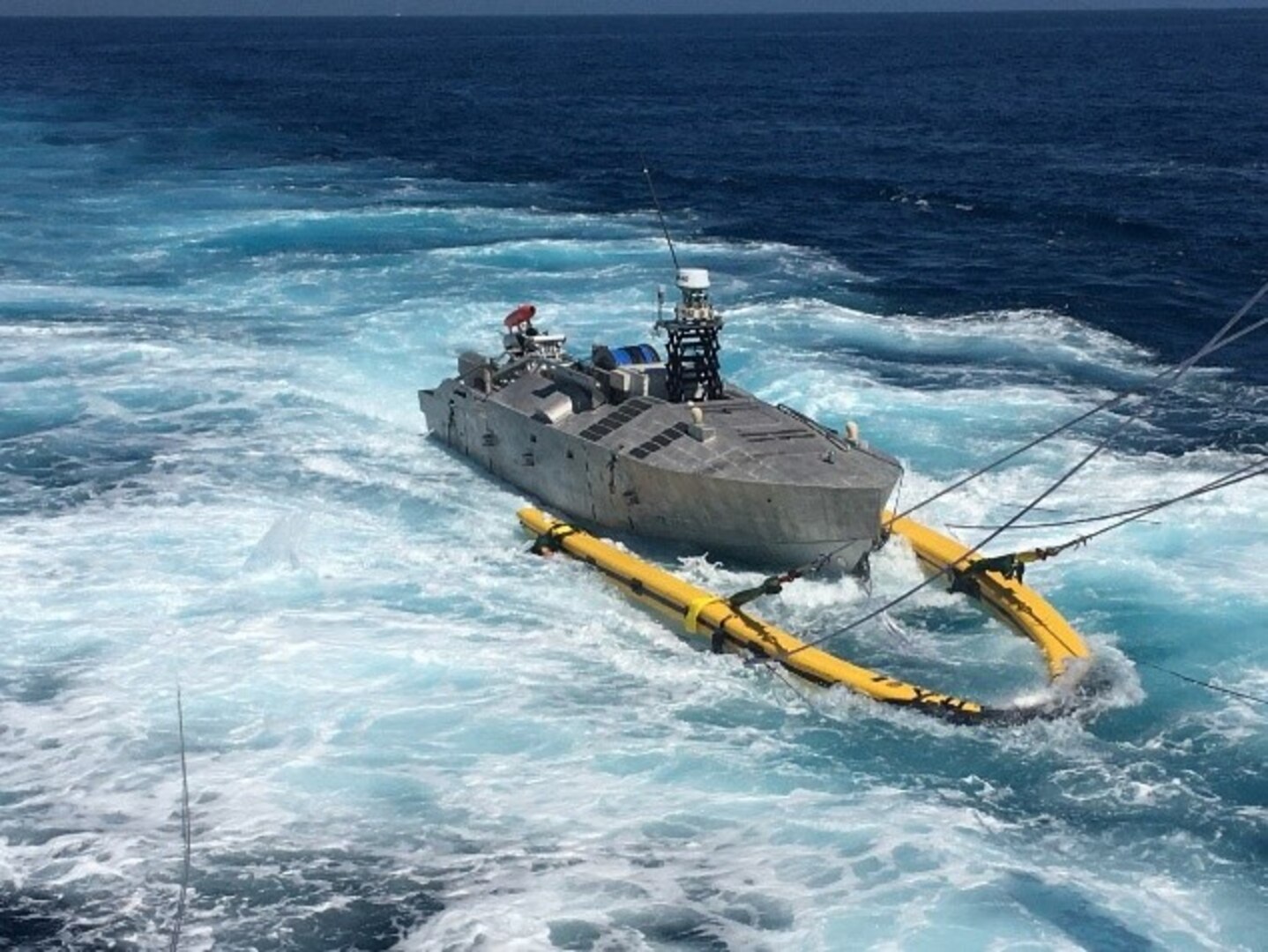
As well as bringing down costs, Hicks observed that the attritable concept also offers the significant benefit of allowing systems to be “produced closer to the tactical edge.” Such systems can be brought into battle faster than traditional defense technologies and once fielded, they can be used in more unorthodox ways, including outside the normal mission command chains, meaning that they can “empower the lowest possible echelons to innovate and succeed in the battle.”
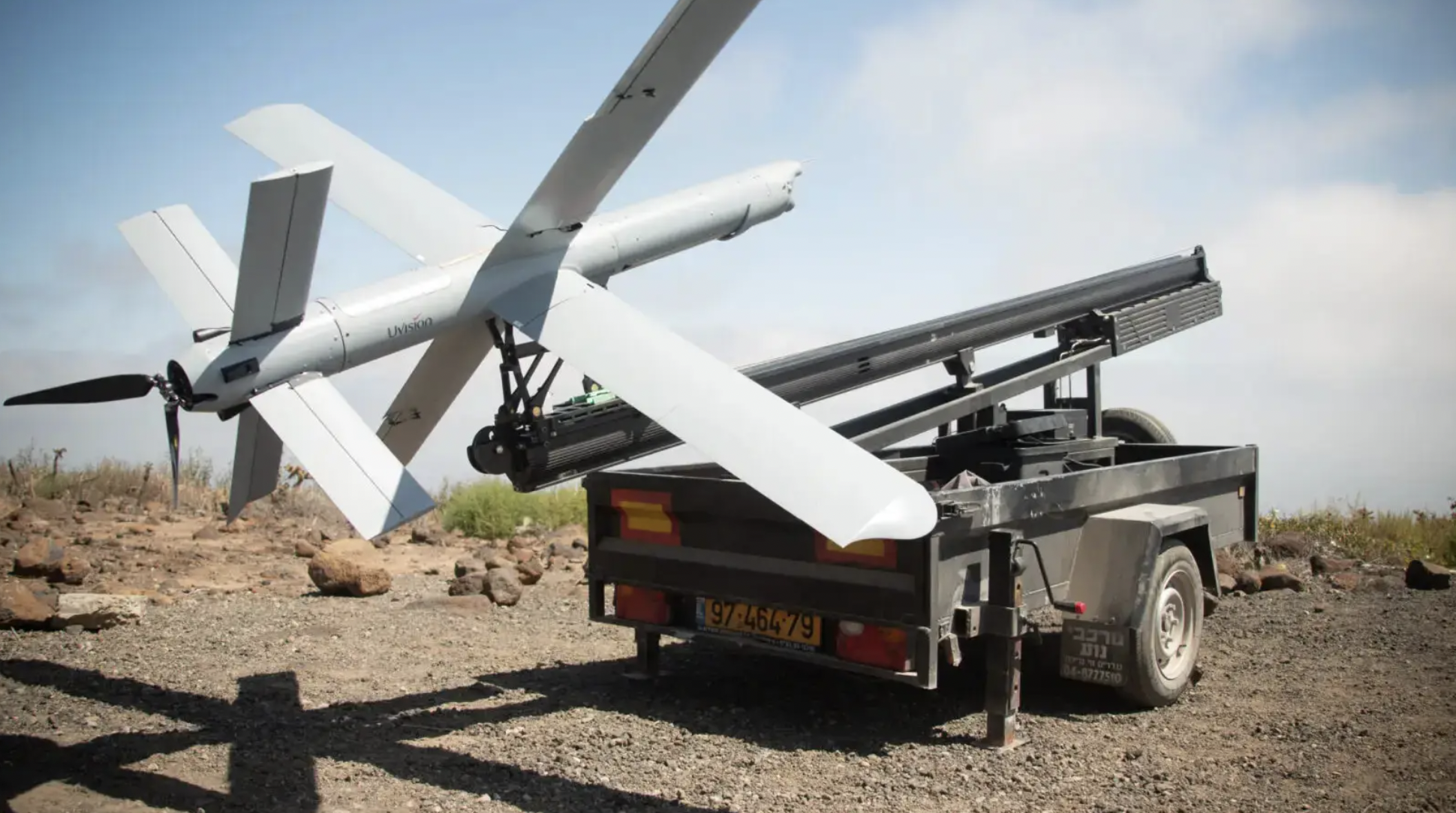
Hicks also brought up another interesting function of Replicator’s attritable and autonomous systems, namely that they should have the ability to “serve as resilient distributed systems even if bandwidth is limited, intermittent, degraded, or denied.”
Perhaps the most striking aspect of Replicator is the speed and size envisaged, with Hicks outlining the goal of fielding attritable and autonomous systems “at a scale of multiple thousands, in multiple domains, within the next 18 to 24 months.” She admitted that this is “easier said than done,” and it’s one that will apparently require an altogether new approach to harnessing industry, almost certainly including non-traditional companies, for the benefit of the Pentagon.
In the past, the Air Force, in particular, has looked to so-called ‘digital engineering’ to help rapidly develop new aircraft that can be brought into production on an interactive basis. More recently, there have been suggestions that the concept isn’t likely to be so revolutionary in reality, with even the Air Force’s own boss, Frank Kendall, concluding that the digital engineering processes has been “over-hyped.” For Replicator, the Pentagon may have to look to other routes for rapidly developing and fielding new platforms.

Exactly what the kinds of systems that Replicator should produce will look like, and the particular missions they undertake, remains very much speculative at this point. However, Hicks emphasized the fact that these attritable and autonomous systems are not simply expected to supersede current systems overnight, but instead herald a longer-term shift in the way that the Pentagon prepares for and goes to war.
Hicks painted a picture of the future U.S. military as one in which “Americans still benefit from platforms that are large, exquisite, expensive, and few.” However, Replicator will “galvanize progress in the too-slow shift of U.S. military innovation to leverage platforms that are small, smart, cheap, and many,” with these also operating for benefit of, if not collaboratively with more expensive and less prolific systems. This is very much defines the Air Force and Navy’s Next Generation Air Dominance efforts. In particular, the dichotomy between the Collaborative Combat Aircraft (CCA) drones that will accompany the extremely high-end manned NGAD aircraft into combat.
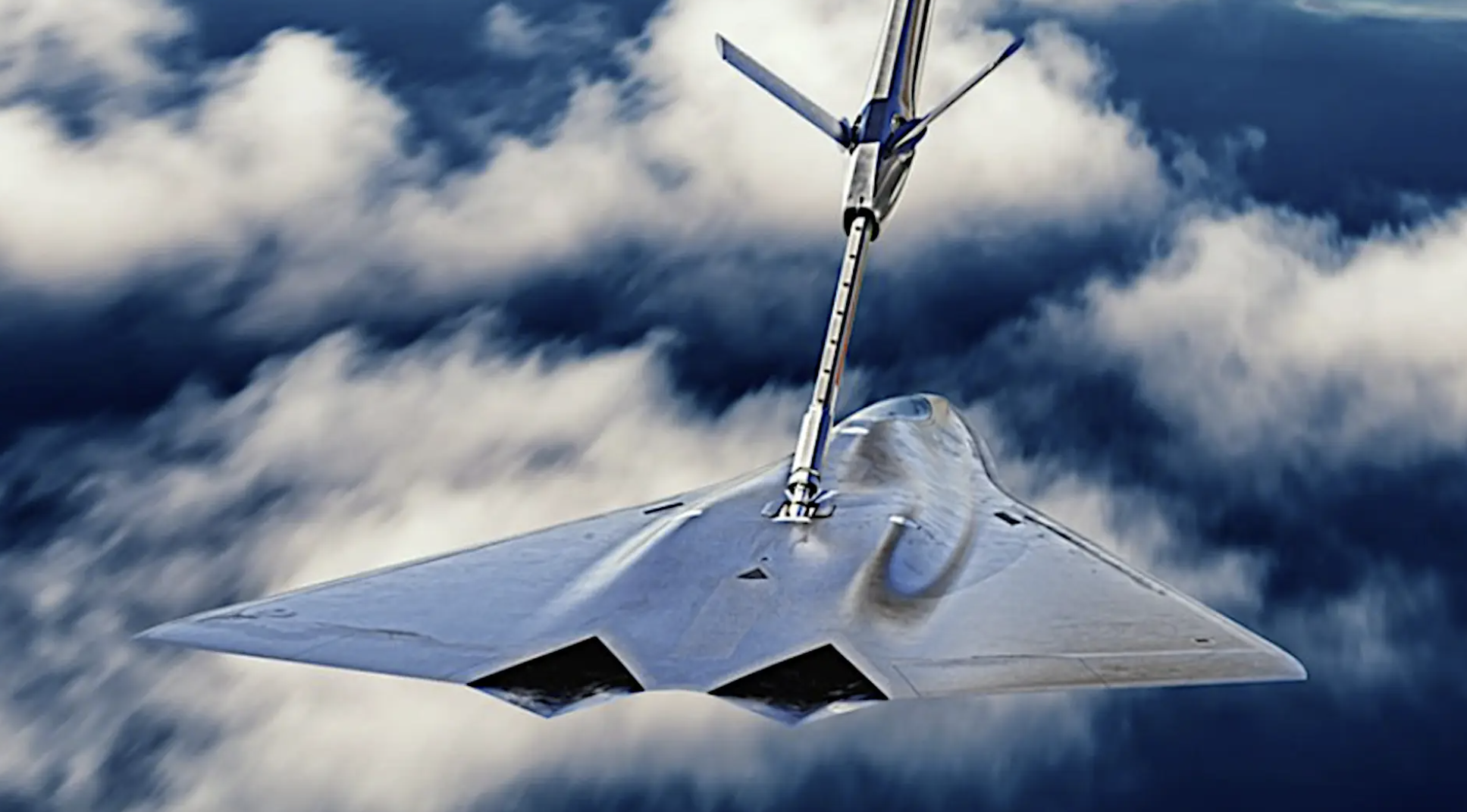
Hicks hopes that Replicator is the program that finally tilts the balance in favor of this kind of warfare. With extremely ambitious targets as regards the volume and velocity of the program, that may be very hard to achieve, especially since attritable and autonomous systems already present plenty of operational challenges, even without the accelerated timeline.
And while details of the kinds of systems that Replicator is expected to produce are still to come, the program is already highly noteworthy, not least for the very central position given to the challenge posed by China’s growing military dominance in the Asia Pacific region and, in the future, likely elsewhere, too.
We can reasonably expect unmanned systems in the air, on the water, and below the waves of varying capabilities and complexities, none of which will be too ‘exquisite’ that it makes their development a long-term proposition or their price tag very high. But above all that, grand networking capabilities that can tie many of these systems together and keep controllers apprised of their activities will likely be the biggest challenge when it comes to operationalizing what Replicator produces to its full potential. The possibility for mesh networks spanning multiple domains over great area is likely also a critical aspect of this endeavor.
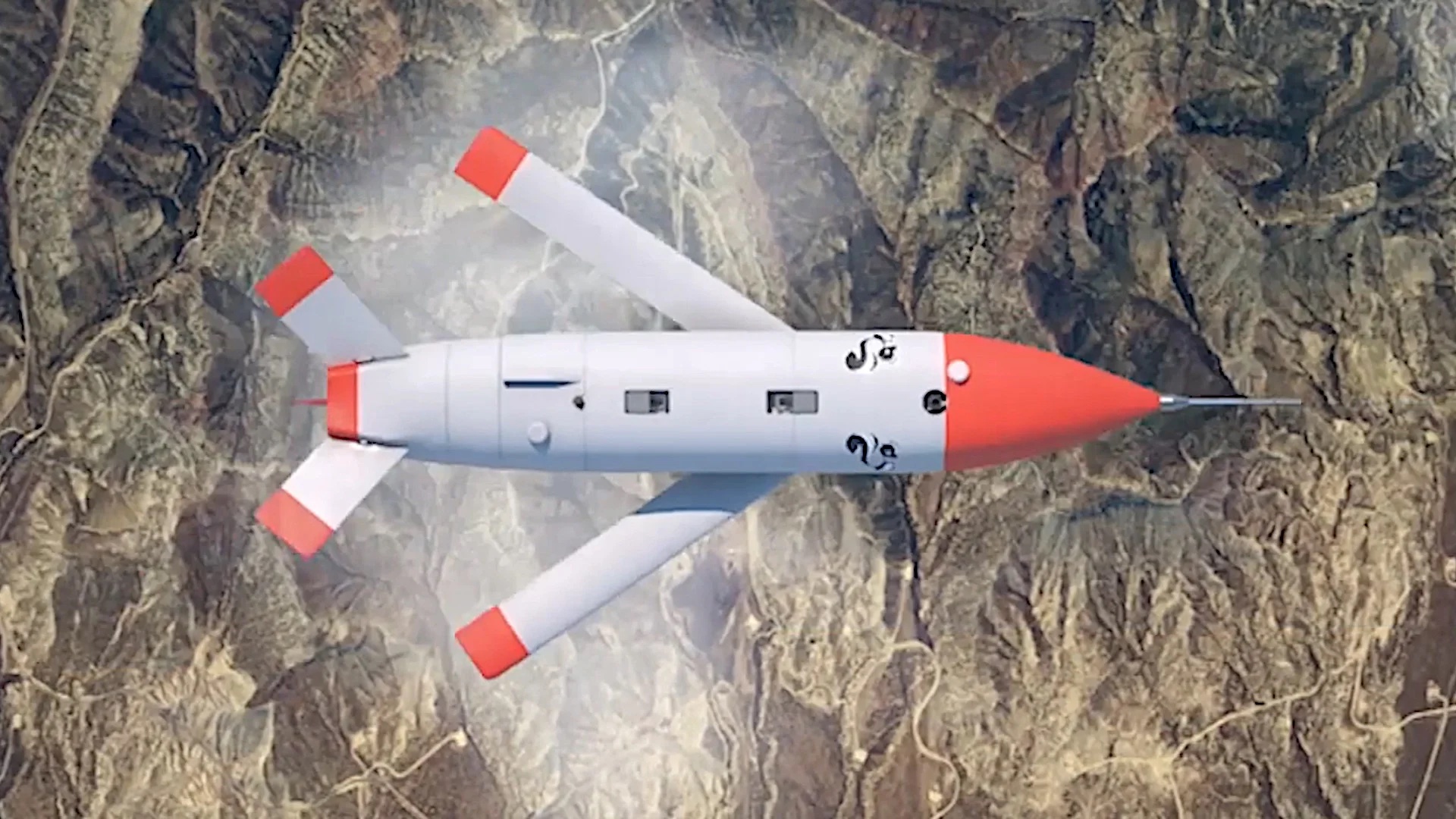
AI will not just be needed for autonomy, but also for parsing absolutely massive amounts of data produced by these systems which can quickly clog critical communications bandwidth ‘pipes.’ Parsing that data on-platform or at least in-theater before it is sent afar will be a major challenge and feature of any such concept. But above all else, the ability for disparate capabilities to collaborate autonomously in a diverse ‘swarm or swarms’ will be arguably the most impactful aspect of this emerging strategy. Overwhelming the enemy by volume and speed of action is definitely the critical play here.
Bottom line, this is a very big deal and not just in scope. This is a major part of the unmanned shift we have long been waiting for and predicting now coming into focus. It goes far beyond just near-term tactical and procurement changes. If it is realized as discussed, it will forever change the way the U.S. military fights and how it develops and procures weaponry.
As for the timing, two years from now puts the fielding of these assets at the heart of the time frame in which many are predicting China will make a move on Taiwan militarily. As such, Replicator could end up being as much a deterrence play as anything else. It’s worth noting, that war gaming has shown that massive swarms of autonomous systems would be a decisive factor as to who wins a fight over the Taiwan Strait. You can read more about this here.
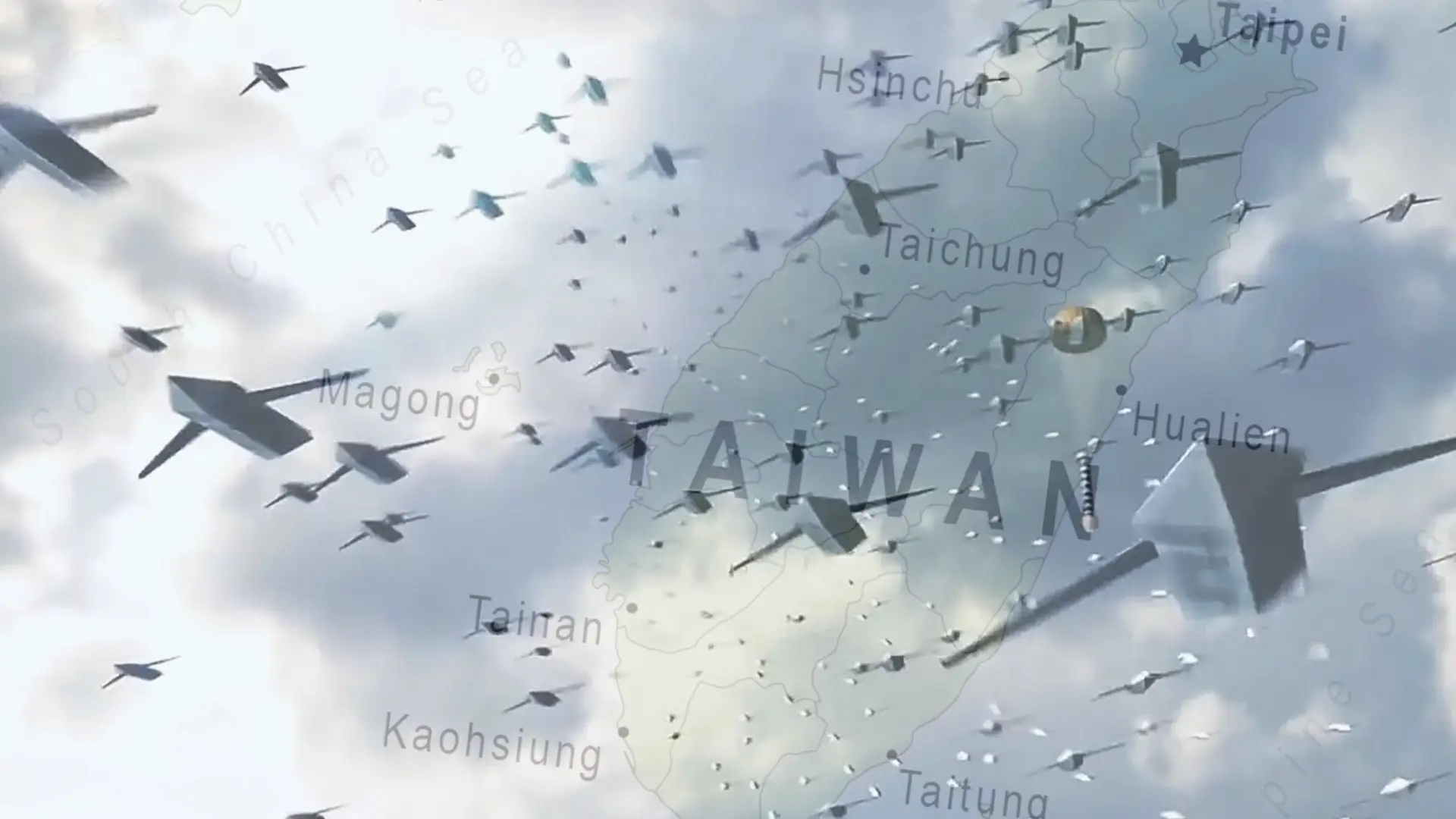
“We must ensure the PRC leadership wakes up every day, considers the risks of aggression and concludes today is not the day and not just today,” said Hicks. Time will tell to what degree Replicator is successful in helping achieve that.
Contact the author: thomas@thedrive.com
